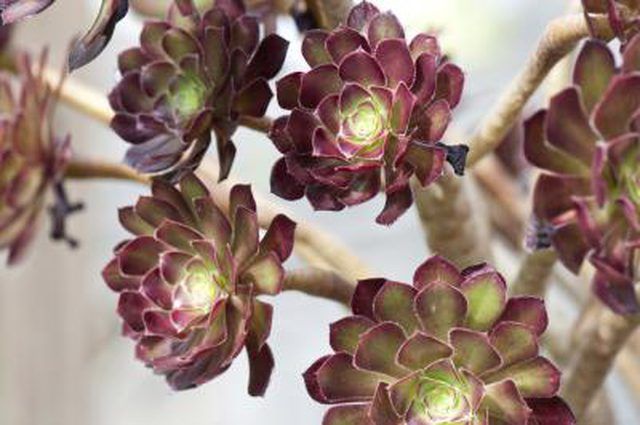Bulbs
Flower Basics
Flower Beds & Specialty Gardens
Flower Garden
Garden Furniture
Garden Gnomes
Garden Seeds
Garden Sheds
Garden Statues
Garden Tools & Supplies
Gardening Basics
Green & Organic
Groundcovers & Vines
Growing Annuals
Growing Basil
Growing Beans
Growing Berries
Growing Blueberries
Growing Cactus
Growing Corn
Growing Cotton
Growing Edibles
Growing Flowers
Growing Garlic
Growing Grapes
Growing Grass
Growing Herbs
Growing Jasmine
Growing Mint
Growing Mushrooms
Orchids
Growing Peanuts
Growing Perennials
Growing Plants
Growing Rosemary
Growing Roses
Growing Strawberries
Growing Sunflowers
Growing Thyme
Growing Tomatoes
Growing Tulips
Growing Vegetables
Herb Basics
Herb Garden
Indoor Growing
Landscaping Basics
Landscaping Patios
Landscaping Plants
Landscaping Shrubs
Landscaping Trees
Landscaping Walks & Pathways
Lawn Basics
Lawn Maintenance
Lawn Mowers
Lawn Ornaments
Lawn Planting
Lawn Tools
Outdoor Growing
Overall Landscape Planning
Pests, Weeds & Problems
Plant Basics
Rock Garden
Rose Garden
Shrubs
Soil
Specialty Gardens
Trees
Vegetable Garden
Yard Maintenance
How to Care for Aeonium
How to Care for Aeonium. Of the more than 35 species of aeonium, those you're likely to find at the garden center include black rose (Aeonium arboreum "Atropurpureum") and copper pinwheel (Aeonium "Sunburst"). Grown for their distinctive leaf rosettes, aeoniums add interest to low-water gardens where few other plants will...

Of the more than 35 species of aeonium, those you're likely to find at the garden center include black rose (Aeonium arboreum "Atropurpureum") and copper pinwheel (Aeonium "Sunburst"). Grown for their distinctive leaf rosettes, aeoniums add interest to low-water gardens where few other plants will thrive. Aeoniums require minimal care once established in a sunny, fast-draining bed. Their care needs vary with the season and with their growing situation, with pot-grown specimens requiring extra help.
Watering Needs
Aeoniums tolerate moderate, short-term drought once established, but their appearance will suffer if you don't water them. During the summer, water aeoniums in the garden so soil is moist 1 inch deep whenever the soil looks dry. Container-grown aeoniums need more frequent watering, so check their soil twice weekly during hot, dry weather. Water whenever it feels dry 1 inch below the surface, adding water until it trickles from the drainage holes at the base. Reduce watering to once a month during the winter for both pot- and garden-grown aeoniums.
Fertilizer Tips
Most aeoniums grow well without fertilizer and too much fertilizer can lead to weak, spindly growth and discoloration in otherwise healthy plants. The exception is for container-grown aeoniums, which can quickly exhaust their soil during the growing season. Usea slow release, 14-14-14 fertilizer that is specially formulated for cactuses and succulents. Apply it in spring after new growth emerges and again in midsummer. Use 1 teaspoon fore each 1 gallon of soil, and apply it evenly to moist soil.
Pruning and Grooming
You don't need to prune aeoniums for size or shape, because they stay naturally tidy and small. Regular trimming and grooming will help keep your aeoniums looking their best. Snip off any dead leaves or spindly, malformed stems at the base using sharp scissors or shears. Before pruning aeoniums, soak your pruning tools in full-strength household disinfectant for five minutes and rinse them thoroughly. Dead leaves and other garden debris sometimes find their way between the curved, tightly packed leaves of aeoniums. Instead of picking them out by hand, use a can of compressed air to remove the debris.
Overwintering Indoors and Out
Aeoniums can grow outdoors in U.S. Department of Agriculture plant hardiness zones 9 through 11, where temperatures seldom drop below 30 degrees Fahrenheit. Below-freezing temperatures cause serious and sometimes fatal damage to aeoniums, including leaf and stem loss. Cover outdoor aeoniums with lightweight, breathable cloth if frost is forecast, and remove the covering the following morning to allow any trapped moisture to escape. Bring potted aeoniums indoors or place them against a sheltered, south-facing wall until the cold weather passes.
Problem-Solving
Overwatering is the No. 1 problem for aeonium plants. It causes root infections and can deprive the plant of oxygen, killing it. Signs of overwatering include wilting, yellowing and soft spots on the base of the stems. If you see signs of overwatering, stop watering until the soil dries out completely and the plant perks up. Badly damaged aeoniums may need to be thrown out. Aphids and mealybugs sometimes infest aeoniums. The infestations are seldom serious and you don't need to use any insecticides. Wipe the pests off with a cloth or a cotton swab or blast them off with water from the garden hose.